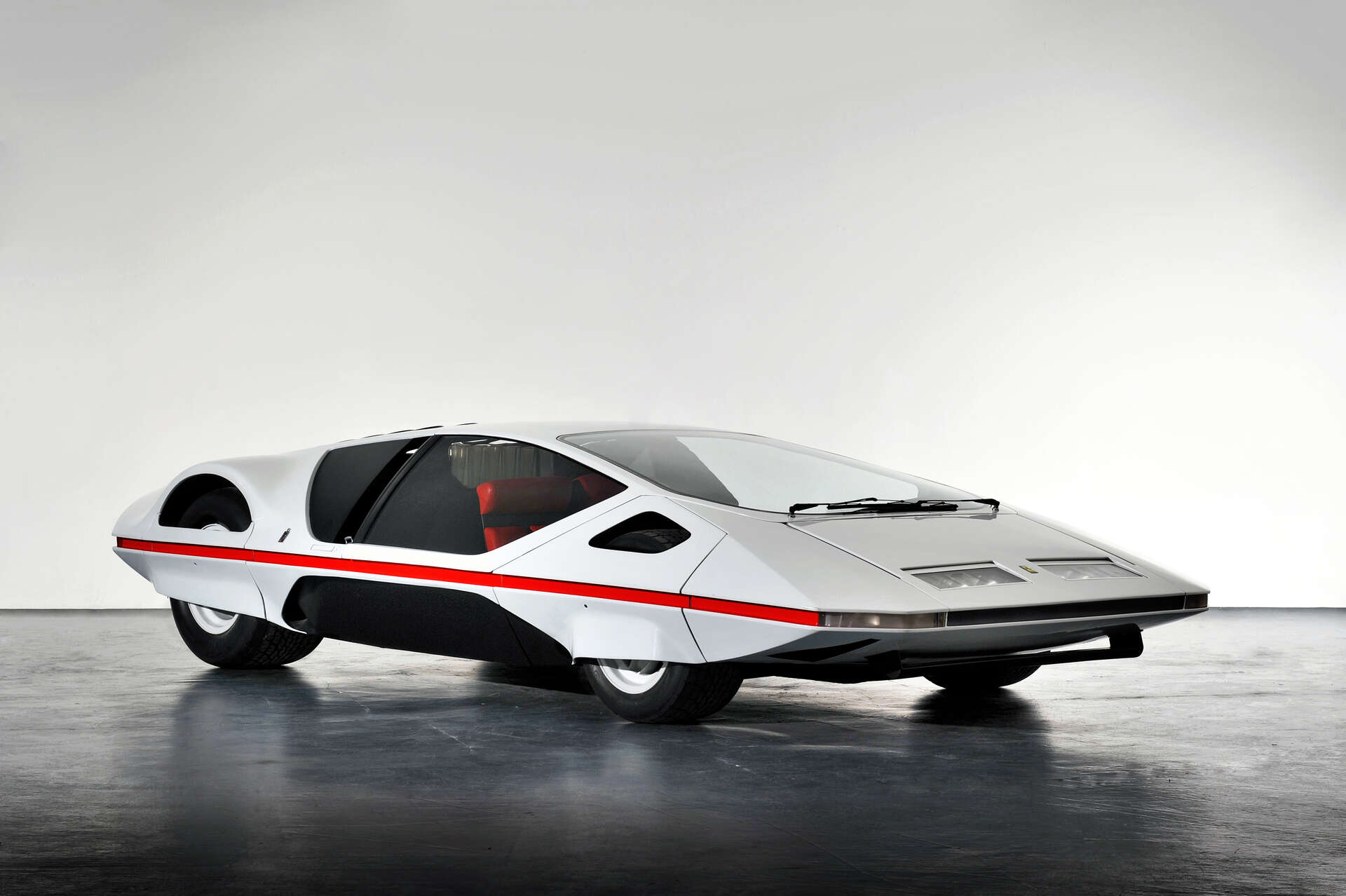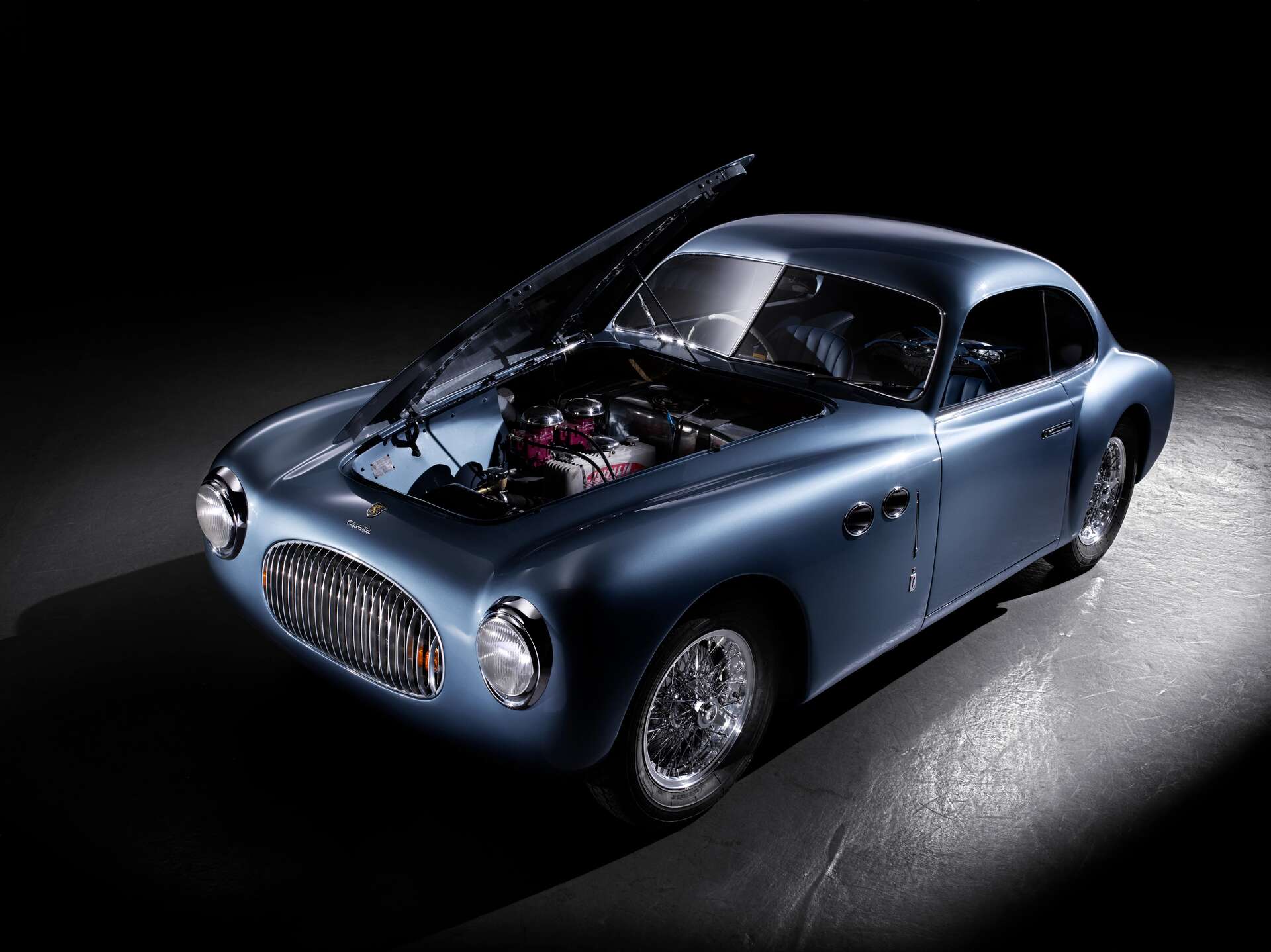Duet in design. How Pininfarina and Zagato revolutionised the shape of the automobile: the 1940s
05 August 2023 2 min read 2 images

Pininfarina and Zagato are the undisputed design stars in the history of the Italian automobile. Numerous icons of today's Classic Cars show their signature and this history continues: Today, simulators from the design kitchen of Pininfarina and Zagato are the key to the virtual world of Classic Cars on Roarington. In a new series, we take a look back at the heyday of Italian car design and show two icons each from Pininfarina and Zagato, arranged by decade. We start with the 1940s: Cisitalia 202 by Pininfarina from 1947; Ferrari 166 Panorama by Zagato from 1949.
Register to unlock this article
Signing up is free and gives you access to hundreds of articles and additional benefits. See what’s included in your free membership. See what's included in your free membership.
Already have an account? Log In


